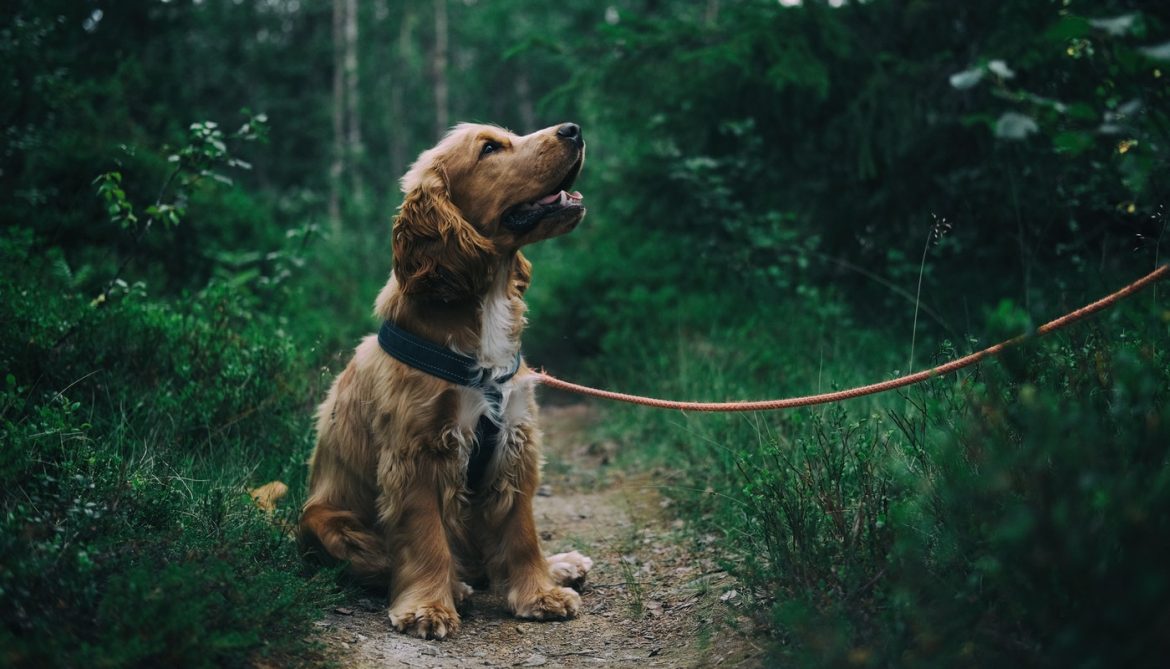An elderly dog is not a sick animal. Far from being a disease, old age is in dogs, as in humans, a physiological stage with its own characteristics.
All dogs are not equal when it comes to age: the smaller the dog, the longer its life expectancy. For example, the average life expectancy is around 12 years in small dogs (adult weight <10 kg), against 7-8 years in very large dogs (adult weight> 45 kg )
The ageing process begins earlier in a large dog than in a smaller one. We consider that this process starts:
- Around 5 years of age in large dogs (> 25 kg)
- Around 7 years of age in medium-sized dogs (between 11 and 25 kg)
- Around 8 years old in Mini dogs (<10 kg)
Although at this age, the signs of ageing are not visible, foods formulated for mature dogs contain nutrients that will respond to changes in the body with age by helping to slow the onset of signs of ageing and even , when these signs are present, helping to limit their development:
- Help maintain appetite thanks to flavours and textures that are easier to eat.
- Help maintain your healthy weight, while maintaining muscle mass by adjusting energy and protein intake
- Fight against free radicals thanks to specific antioxidants, essential fatty acids, vitamins and trace elements.
- At the urinary level, avoid overloading the functioning of the kidney by a reasoned and quality protein intake, and a limited phosphorus intake, while maintaining the calcium intake.
- At the digestive level, limit fermentation in the colon, optimise digestion, maintain or even stimulate intestinal motility by providing carbohydrates in appropriate quantities, very cooked to optimise the digestion of starch and by providing insoluble fiber for the regulation of transit.
- Maintain skeletal mass and bone density through adequate calcium intake
,

